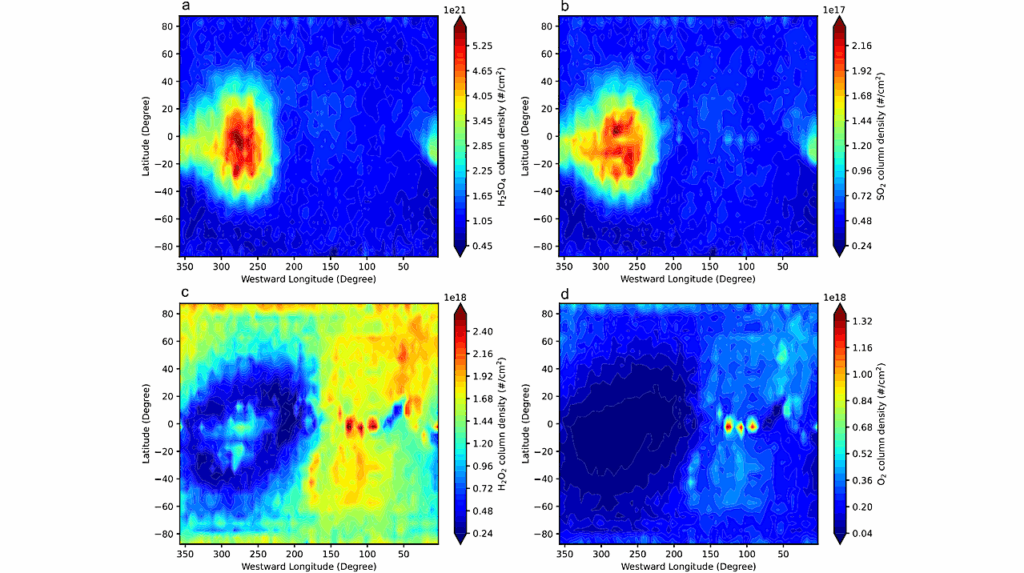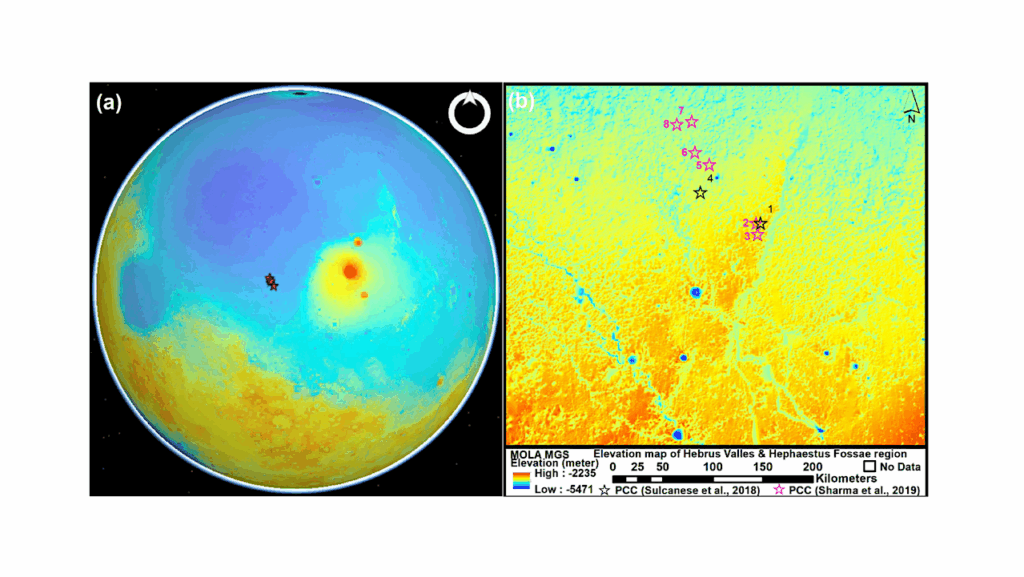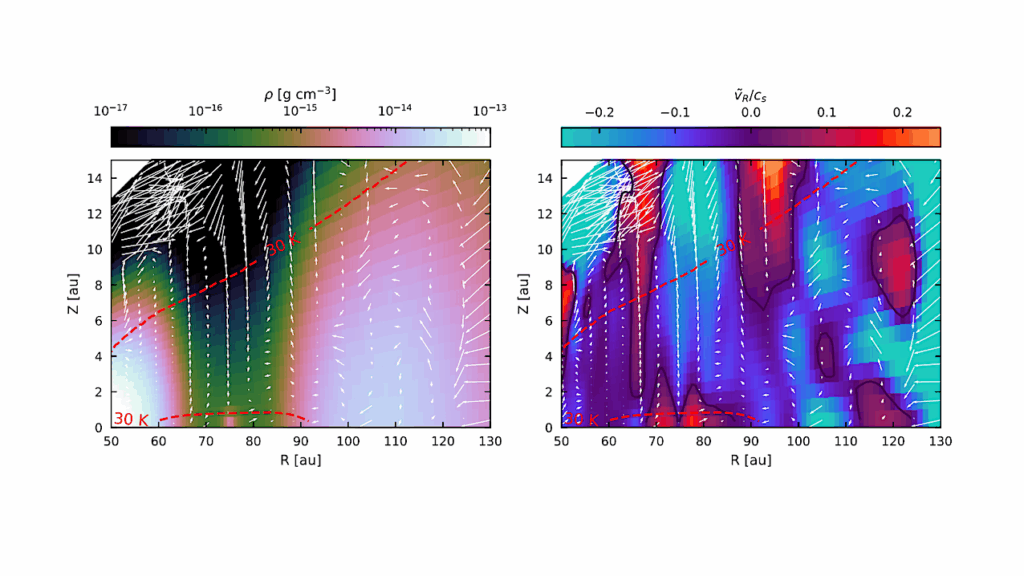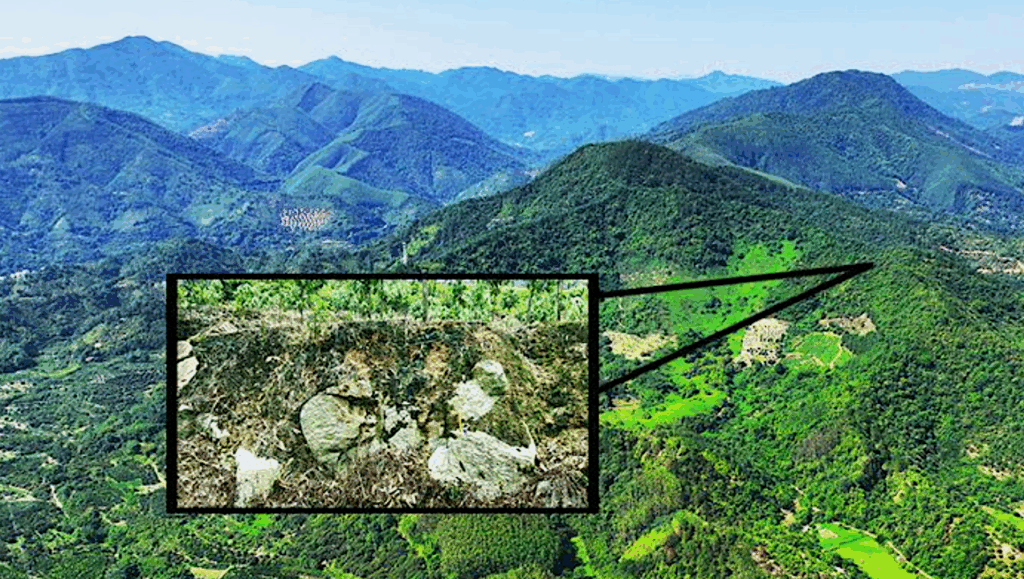Europa’s Double Ridges Produced By Ice Wedging

Double ridges are sprawling features observed globally across the icy surface of Europa. They consist of two topographic highs flanking a trough.
The topographic relief of the ridges is approximately 100 m, and the ridges extend up to hundreds of kilometers in length. The interior structure and dynamics of Europa’s ice shell are currently poorly constrained. Therefore, accurate models for the formation of these prominent surface features can be useful for determining how the ice shell operates.
We hypothesize that double ridges form as a result of incremental ice wedging. We use both analytical and numerical finite element models to quantify the deformation that occurs as an ice wedge grows incrementally within the ice shell.
We show that incremental growth of the ice wedge results in surface deformation that matches the size and shape of typical Europan double ridges, including their topographic relief and surrounding troughs. We find that as the depth of the ice wedge increases, double ridges become broader and shorter. We explore the possibility of local and non-local sources for the liquid water that freezes to produce the wedge and ultimately argue in favor of local sources of liquid water within the ice shell.
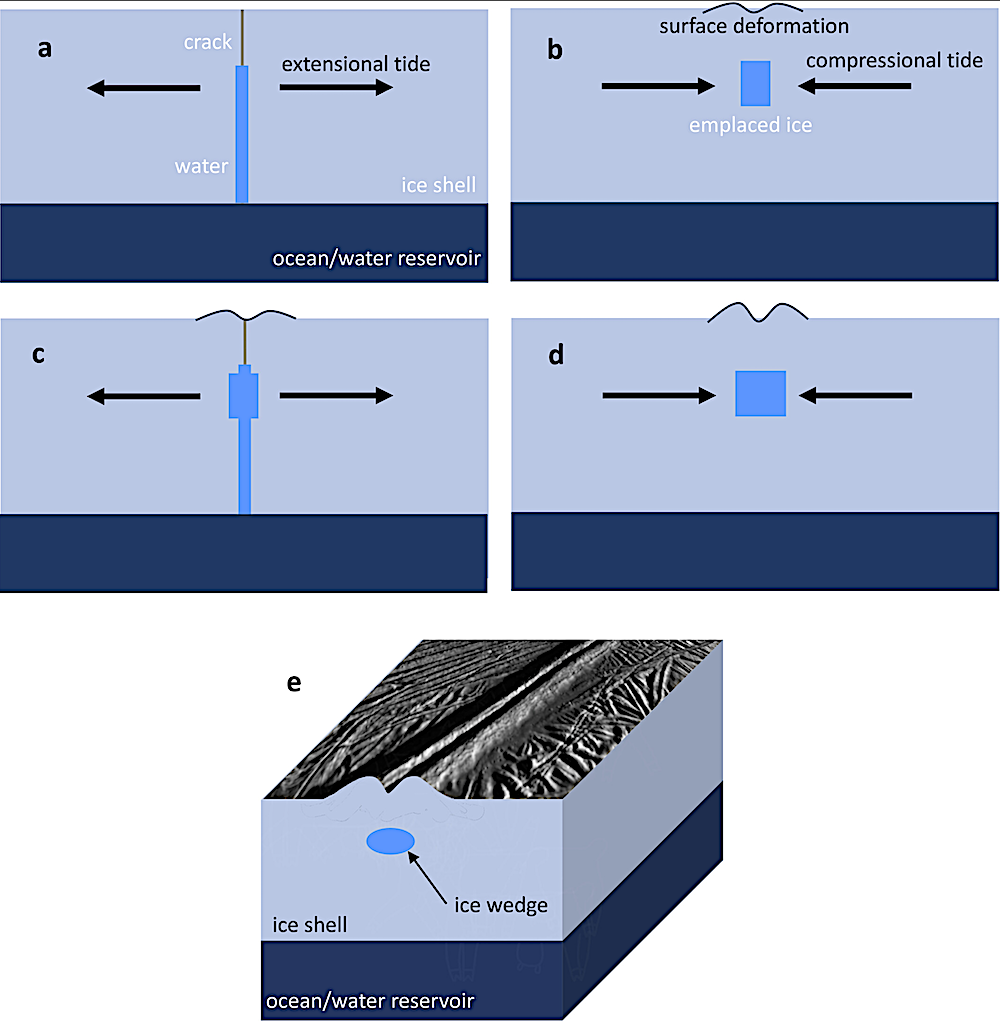
The process of incremental ice wedging. In panel (a) a crack opens during the extensional phase of diurnal tides and pressurized water enters from the ocean or water reservoir below. In panel (b) compressional tides close the crack leaving only ice that has been deposited on the walls of the crack by freezing of the water. The presence of the frozen material creates stress that causes surface deformation. Panel (c) again shows the crack open due to extensional tides, allowing more water to rush in. In panel (d) compressional tides close the crack and the additional frozen material deposited contributes to wedge growth and more surface uplift. This process continues to repeat over each tidal cycle. Panel (e) shows a 3-dimensional view of the double ridge fully formed after the gradual surface deformation due to incremental growth of the ice wedge.
M. D. Cashion, B. C. Johnson, H. Gibson, E. P. Turtle, M. M. Sori, H. J. Melosh
First published: 07 February 2024 https://doi.org/10.1029/2023JE008007
Europa’s Double Ridges Produced by Ice Wedging, JGR Planets
Astrobiology



